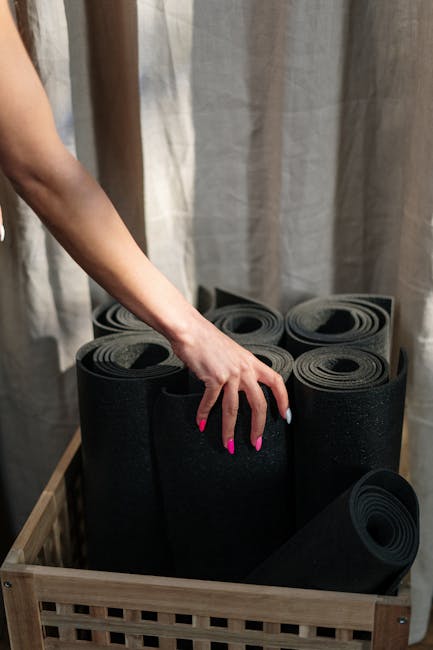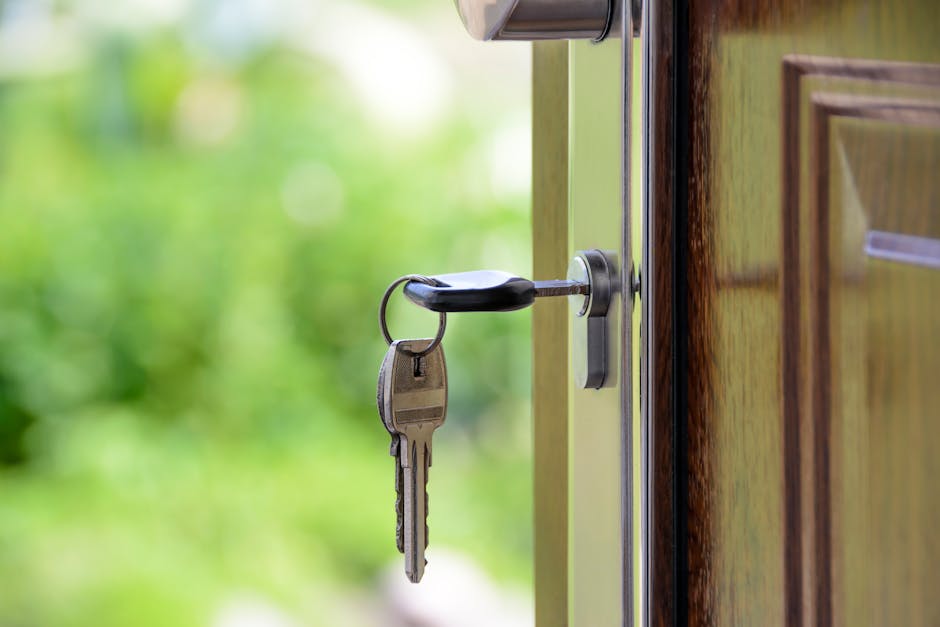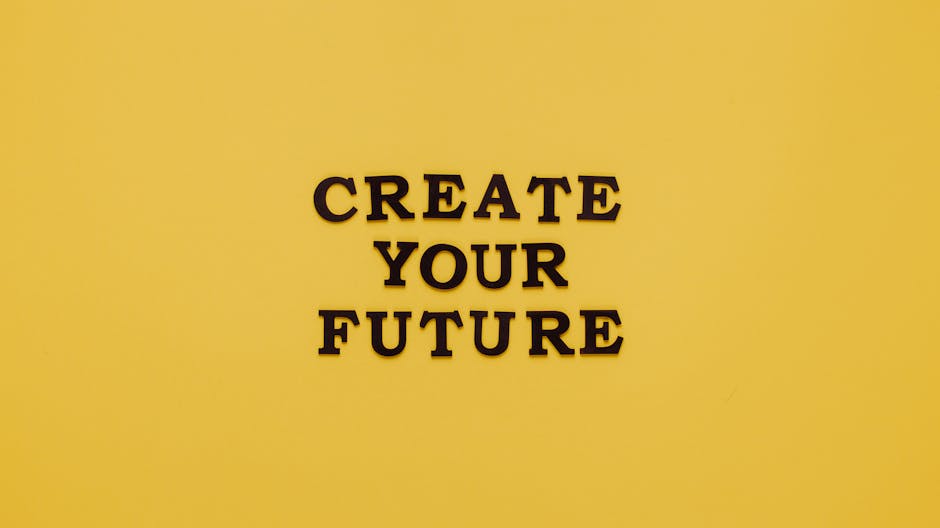Australia Visa Guide: Your Trip Down Under Starts Here!

Australia Visa Guide: Your Trip Down Under Starts Here!
G'day, mate! Planning a trip to the land of sunshine, stunning beaches, and adorable kangaroos? Australia is an incredible destination, and I'm so excited you're considering visiting. But before you pack your bags and start dreaming of surfing lessons, there's a crucial first step: getting the right visa. Trust me, navigating the Australian visa system can feel like wrestling a crocodile if you're not prepared. I've been through the process myself, and I'm here to share my experiences and insights to make your journey smoother than a perfectly brewed flat white.
Why Do I Need an Australian Visa?

Simply put, unless you're an Australian or New Zealand citizen, you'll need a visa to enter Australia. The Australian government has strict immigration laws, and having the correct visa is essential to avoid being turned away at the border. Think of it as your official invitation to experience everything this amazing country has to offer. Different visas cater to different purposes, such as tourism, work, study, or family visits. Choosing the right one is paramount!
Types of Australian Visas: Choosing the Right Fit

Alright, let's dive into the nitty-gritty. The Australian visa system can seem daunting, but breaking it down into categories makes it much easier to understand. Here are some of the most common visa types:
1. Tourist Visas
These are generally for short-term visits for leisure, holiday, or seeing family and friends. They typically don't allow you to work. Here are a couple of key tourist visa options:
a. eVisitor (Subclass 651): This is a fantastic option for citizens of many European countries and a few others. It's free to apply and allows multiple visits of up to three months within a 12-month period. The application is straightforward and usually processed quickly online. I used this myself for a quick trip to Sydney, and the process was a breeze!
b. Electronic Travel Authority (ETA) (Subclass 601): Similar to the eVisitor, the ETA is for citizens of certain countries and allows multiple visits of up to three months within a 12-month period. There's a small service fee associated with the application. It's also applied for online and generally processed quickly.
c. Visitor Visa (Subclass 600): This is a broader category for those who aren't eligible for the eVisitor or ETA. It can be used for tourism or business purposes (such as attending a conference). Depending on your circumstances, you may be granted a stay of up to 3, 6, or 12 months. Be aware that this visa can be more complex to apply for and may require more supporting documentation.
2. Working Holiday Visas
Dreaming of working your way around Australia? The Working Holiday visa could be your golden ticket! It allows eligible young people to work and travel in Australia for up to a year (or longer with extensions).
a. Working Holiday Visa (Subclass 417): This visa is available to citizens of specific countries, including the UK, Canada, and some European countries. It allows you to work in any job (with some restrictions) for a maximum of six months with any one employer. You can also study for up to four months. To be eligible, you generally need to be between 18 and 30 years old (or 35 for some nationalities). I know so many people who have had amazing experiences on this visa, funding their travels through various jobs and immersing themselves in the Aussie lifestyle.
b. Work and Holiday Visa (Subclass 462): Similar to the 417, this visa is available to citizens of other countries. It also allows you to work and travel, but it has some additional requirements, such as an English language test and a letter of support from your government.
3. Student Visas
Australia is a popular destination for international students, and if you're planning to study there, you'll need a student visa.
a. Student Visa (Subclass 500): This visa allows you to study a registered course in Australia. You'll need to be accepted into a registered course and provide evidence of your financial capacity to support yourself. There are also specific English language requirements. Depending on your course, you may be able to work limited hours while studying. A friend of mine came from Germany on this visa, studied Marine Biology and loved it!
4. Temporary Work Visas
If you have a job offer from an Australian employer, you might be eligible for a temporary work visa.
a. Temporary Skill Shortage Visa (Subclass 482): This visa allows employers to sponsor skilled workers to fill positions they can't fill with Australian workers. There are different streams within this visa, depending on the occupation and length of stay. I had a colleague from the US who came over on this visa and absolutely thrived in the Australian work environment.
5. Family Visas
If you have family members who are Australian citizens or permanent residents, you might be eligible for a family visa.
a. Partner Visa (Subclasses 820 and 801): This visa allows the partner of an Australian citizen, Australian permanent resident or eligible New Zealand citizen to live in Australia. It's a two-stage process, starting with a temporary visa (820) and then, after a certain period, progressing to a permanent visa (801).
b. Parent Visa: If you have a child who is an Australian citizen or permanent resident, you might be eligible for a parent visa. These visas can be complex and often have long processing times.
6. Other Visas
This is just a small selection of the visas available. There are also visas for investors, entrepreneurs, and people with distinguished talents. It's best to check the Department of Home Affairs website for a complete list and the most up-to-date information.
Key Considerations When Applying for an Australian Visa

Okay, now that we've covered the main visa types, let's talk about some crucial considerations to keep in mind during the application process. These tips can save you a lot of headaches and ensure a smooth experience.
1. Eligibility Requirements
The very first thing you need to do is thoroughly check the eligibility requirements for the specific visa you're interested in. These requirements can vary significantly, and it's essential to make sure you meet them before you even start the application. Requirements may include:
a. Age: Some visas have age restrictions, such as the Working Holiday visa.
b. Nationality: Certain visas are only available to citizens of specific countries.
c. Health and Character: You'll generally need to meet health and character requirements, which may involve medical examinations and police checks.
d. Financial Capacity: You may need to provide evidence that you have sufficient funds to support yourself during your stay.
e. English Language Proficiency: Some visas require you to demonstrate your English language skills through a recognized test.
2. Gather All Required Documents
Once you've confirmed your eligibility, start gathering all the required documents. This is where attention to detail is key! The Department of Home Affairs is very strict about documentation, and missing or incomplete documents can lead to delays or even rejection. Here's a general checklist of documents you might need:
a. Passport: Make sure your passport is valid for the duration of your stay in Australia.
b. Birth Certificate: You may need to provide a certified copy of your birth certificate.
c. Proof of Funds: Bank statements, payslips, or other documents that demonstrate your financial capacity.
d. Travel Itinerary: Flight bookings and accommodation details.
e. Police Clearance Certificates: From all countries where you've lived for a significant period.
f. English Language Test Results: If required for your visa type.
g. Employment References: If you're applying for a work visa.
h. Educational Certificates: If you're applying for a student visa or a skilled migration visa.
i. Marriage Certificate: If you're applying for a partner visa.
It's always a good idea to make copies of all your documents and keep them in a safe place. Also, ensure that any documents not in English are translated by a certified translator.
3. Applying Online vs. Paper Application
Most Australian visas can be applied for online through the Department of Home Affairs website. The online application process is generally more efficient and allows you to track the progress of your application. However, some visas may require a paper application, which you'll need to download and submit by mail. Always check the specific requirements for your visa type to determine the correct application method.
4. Honesty and Accuracy
This is absolutely crucial! Be completely honest and accurate in your application. Providing false or misleading information can have serious consequences, including visa refusal and even a ban from entering Australia in the future. If you're unsure about something, it's always best to seek clarification from the Department of Home Affairs or a registered migration agent.
5. Processing Times
Visa processing times can vary significantly depending on the visa type and the volume of applications being processed. It's essential to check the current processing times on the Department of Home Affairs website before you apply. Don't leave your application until the last minute! Applying well in advance gives you plenty of time to address any issues that may arise.
6. Visa Refusal
Unfortunately, visa applications can sometimes be refused. If your application is refused, you'll receive a written explanation of the reasons for the refusal. You may have the right to appeal the decision, but this depends on the specific visa type and the reasons for the refusal. It's best to seek legal advice from a registered migration agent if you're considering an appeal.
7. Health Insurance
Depending on your visa type, you may be required to have health insurance while you're in Australia. For example, student visa holders are required to have Overseas Student Health Cover (OSHC). Check the requirements for your visa type and make sure you have adequate health insurance coverage.
8. Contacting the Department of Home Affairs
If you have any questions or need clarification on any aspect of the visa application process, you can contact the Department of Home Affairs. They have a website with a wealth of information, and you can also contact them by phone or email. However, be prepared for potential delays in getting a response, as they receive a high volume of inquiries. It can also be useful to check their FAQ section online before contacting them, as they may already have an answer to your question.
9. Using a Registered Migration Agent
If you find the visa application process overwhelming or you have complex circumstances, you might consider using a registered migration agent. These are professionals who are trained and qualified to provide immigration advice. They can help you choose the right visa, prepare your application, and represent you in your dealings with the Department of Home Affairs. However, be aware that they charge fees for their services, so weigh the costs and benefits carefully.
My Personal Tips for a Smooth Visa Application

Okay, so now I'm going to share some personal tips based on my own experiences and those of my friends who have navigated the Australian visa system. These aren't official guidelines, but they can definitely make the process a little less stressful.
1. Start Early: I cannot stress this enough! Don't wait until the last minute to apply for your visa. Give yourself plenty of time to gather documents, complete the application, and address any potential issues.
2. Read Everything Carefully: Before you even start filling out the application form, read all the instructions and requirements carefully. Make sure you understand everything and don't hesitate to ask for clarification if needed.
3. Organize Your Documents: Keep all your documents organized in a logical manner. Create folders on your computer and label them clearly. This will make it much easier to find what you need when you're completing the application.
4. Double-Check Everything: Before you submit your application, double-check everything to make sure it's accurate and complete. Even a small mistake can cause delays or rejection.
5. Be Patient: Visa processing times can be unpredictable, so be prepared to be patient. Don't bombard the Department of Home Affairs with inquiries, as this won't speed up the process.
6. Stay Informed: Keep an eye on the Department of Home Affairs website for any updates or changes to visa requirements. Immigration laws can change, so it's important to stay informed.
7. Join Online Forums: There are many online forums and groups where people share their experiences with the Australian visa system. These can be a great source of information and support.
8. Don't Panic: If you encounter a problem or have a question, don't panic. Take a deep breath and try to find a solution. There are many resources available to help you, including the Department of Home Affairs, registered migration agents, and online forums.
Life After Getting Your Visa: Preparing for Your Trip

Congratulations! You've got your visa. Now the real fun begins. Getting your visa sorted is a huge weight off your shoulders, but it's important to prepare for your trip in other ways. Here's what I recommend:
1. Book flights and accommodation: Prices tend to rise the closer you get to your travel date, so securing those early is best.
2. Research the area that you plan to visit: Australia is a vast country, so work out the logistics and activities based on the city or region that you are visiting.
3. Get your finances in order: Make sure you have a credit card that you can use overseas and inform your bank of your travel dates.
4. Pack for the season: Australia has distinct seasons, so make sure you check the weather forecast and pack accordingly.
5. Get travel insurance: Travel insurance is highly recommended as it can cover unexpected medical expenses, travel cancellations and other unforeseen circumstances.
Final Thoughts: Your Australian Adventure Awaits!

The Australian visa application process can seem complicated, but with careful planning and attention to detail, it's definitely manageable. Remember to choose the right visa, gather all the required documents, be honest and accurate in your application, and be patient. And don't hesitate to seek help from the Department of Home Affairs or a registered migration agent if you need it.
I truly hope this guide has been helpful and that you're one step closer to experiencing the magic of Australia. From the iconic Sydney Opera House to the breathtaking Great Barrier Reef, and the unique landscapes of the outback, there's something for everyone Down Under. So, get your visa sorted, pack your bags, and get ready for an unforgettable adventure! Safe travels, and I hope to see you in Australia soon!
Post a Comment